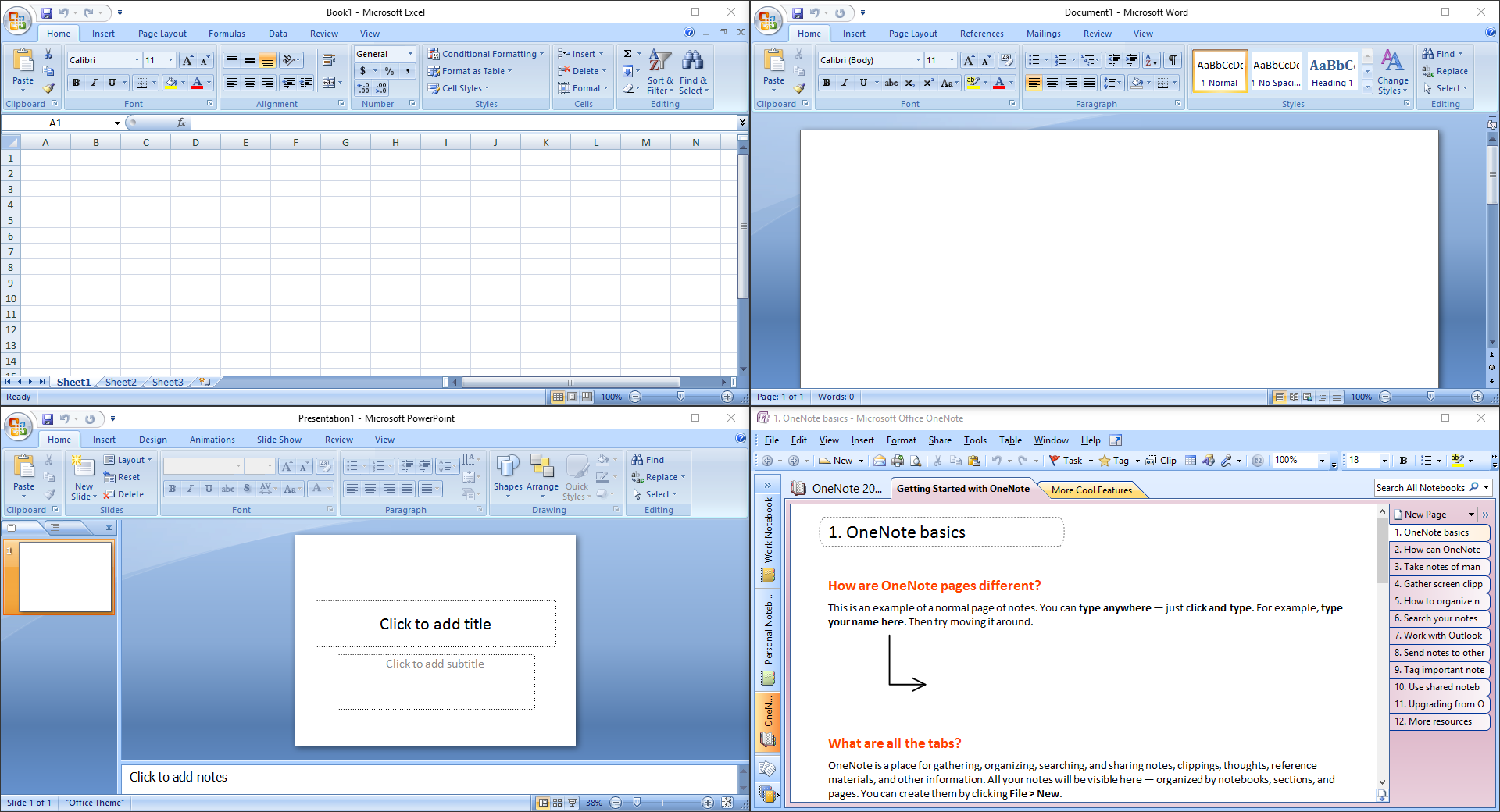
You have 32-bit COM Add-ins with no 64-bit alternative. IT Professionals and developers, in particular, should also review the following situations where the 32-bit version of Office is still the best choice for you or your organization. If you have 64-bit Windows, you can install 32-bit Office or 64-bit Office. Note: If you have 32-bit Windows, you can only install 32-bit Office. In-house Office solution developers should have access to the 64-bit Office 2016 for testing and update these solutions. Using the 64-bit version of Office lets you deliver a 64-bit version of those solutions as well as a 32-bit version. You’re developing in-house Office solutions like add-ins or document-level customization. For 64-bit installs DEP will always be enforced, while on 32-bit installs you’ll need to configure DEP by using Group Policy settings. DEP is a set of hardware and software technologies that some organizations use to enhance security. Your organization requires Hardware Data Execution Prevention (DEP) for Office applications. You’re working with files over 2 GB in Project, especially if the project has many sub-projects. The 64-bit version of Office may be better suited to handle these complex slide decks. You’re working with extremely large pictures, videos, or animations in PowerPoint.


The 64-bit version of Office may perform better in these cases. You’re working with large data sets, like enterprise-scale Excel workbooks with complex calculations, many pivot tables, data connections to external databases, Power Pivot, 3D Map, Power View, or Get & Transform. Therefore, if your scenarios include large files and/or working with large data sets and your computer is running a 64-bit version of Windows, 64-bit is the right choice when:

Also, 64-bit applications can access more memory than 32-bit applications (up to 18.4 million Petabytes). Computers running 64-bit versions of Windows generally have more resources such as processing power and memory than their 32-bit predecessors.


 0 kommentar(er)
0 kommentar(er)
